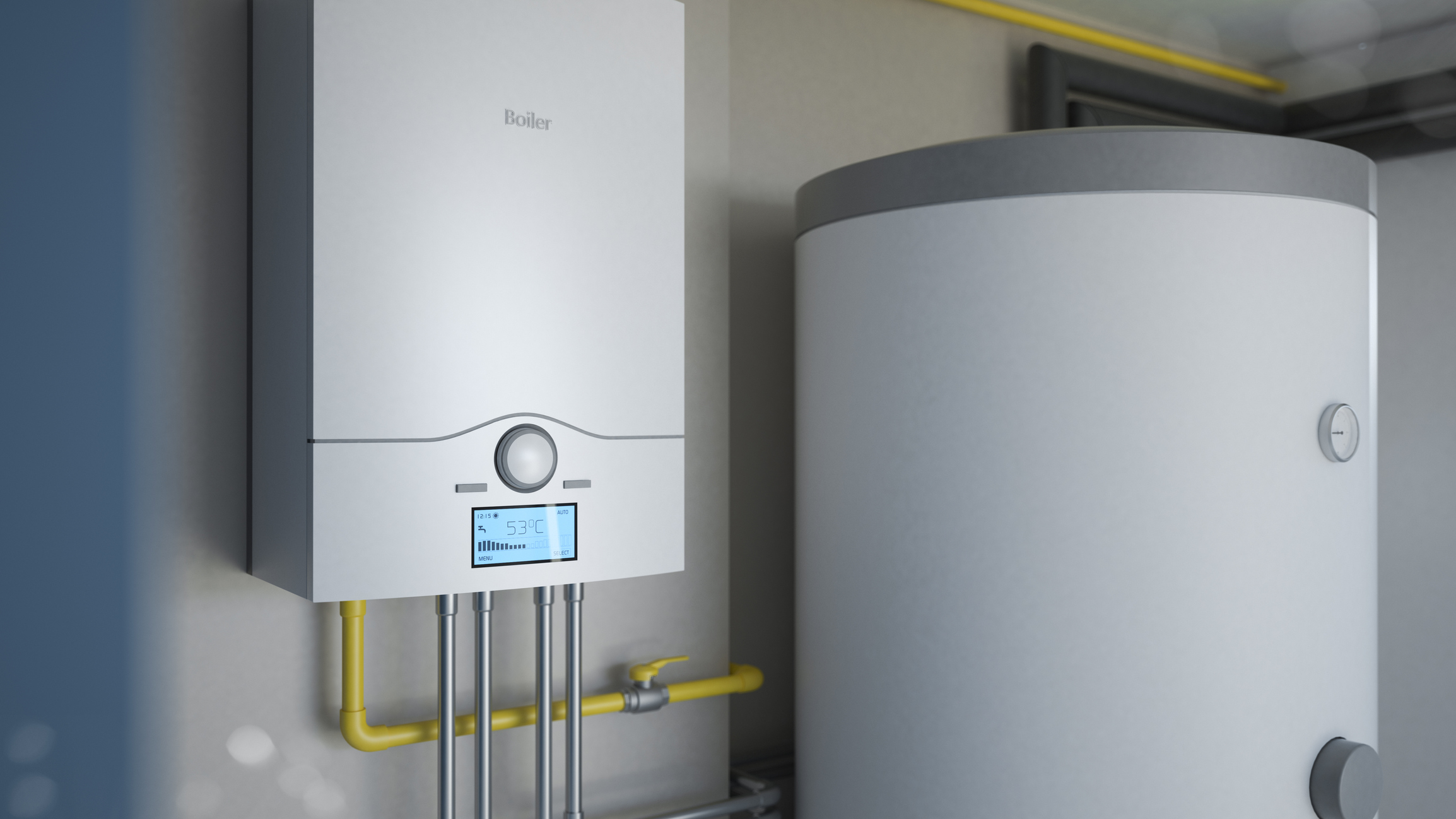Efficient Techniques for Caring for Your Home's Hot Water SystemExpert Guidance on Caring for Your Home's Hot Water System
Efficient Techniques for Caring for Your Home's Hot Water SystemExpert Guidance on Caring for Your Home's Hot Water System
Blog Article
How do you actually feel about Tips For Maintaining Your Hot Water Heater?

Warm water is crucial for day-to-day convenience, whether it's for a revitalizing shower or cleaning recipes. To guarantee your warm water system runs effectively and lasts longer, normal upkeep is vital. This short article offers useful pointers and insights on how to keep your home's warm water system to avoid disruptions and expensive repair work.
Introduction
Keeping your home's warm water system may seem overwhelming, however with a few simple steps, you can guarantee it operates smoothly for years ahead. This guide covers whatever from comprehending your hot water system to DIY maintenance tips and knowing when to call in specialist help.
Importance of Keeping Your Warm Water System
Normal upkeep not only extends the lifespan of your hot water system but also guarantees it runs successfully. Disregarding upkeep can result in decreased efficiency, greater power expenses, and even premature failure of the system.
Signs Your Hot Water System Needs Maintenance
Knowing when your hot water system needs attention can stop significant concerns. Look out for indications such as irregular water temperature, unusual noises from the heating system, or rustic water.
Flushing the Hot Water Heater
Flushing your hot water heater eliminates sediment accumulation, boosting effectiveness and lengthening its life.
Checking and Changing Anode Rods
Anode rods protect against rust inside the storage tank. Checking and replacing them when worn is crucial.
Complicated Issues Calling For Expert Help
Examples include major leakages, electric issues, or if your water heater is continually underperforming.
Routine Professional Maintenance Advantages
Expert maintenance can consist of complete assessments, tune-ups, and guaranteeing conformity with security criteria.
Checking and Changing Temperature Level Settings
Changing the temperature setups makes sure optimal efficiency and security.
DIY Tips for Upkeep
You can do numerous upkeep jobs yourself to keep your warm water system in top problem.
Checking for Leakages
Routinely evaluate pipes and connections for leakages, as these can lead to water damages and higher costs.
Understanding Your Warm Water System
Before diving right into maintenance jobs, it's useful to recognize the fundamental parts of your hot water system. Commonly, this consists of the water heater itself, pipelines, anode rods, and temperature controls.
Month-to-month Upkeep Tasks
Regular month-to-month checks can assist catch minor concerns before they escalate.
Checking Pressure Alleviation Valves
Evaluating the stress relief valve guarantees it works appropriately and stops excessive stress buildup.
Shielding Pipes
Protecting hot water pipelines reduces warmth loss and can save energy.
When to Call a Professional
While DIY maintenance is useful, some concerns need specialist know-how.
Final thought
Normal upkeep of your home's warm water system is important for effectiveness, long life, and price savings. By complying with these pointers and knowing when to seek expert assistance, you can make sure a trustworthy supply of warm water without unanticipated disruptions.
How to Maintain an Instant Hot Water Heater
Before tinkering with your hot water heater, make sure that it’s not powered on. You also have to turn off the main circuit breaker and shut off the main gas line to prevent accidents. Also turn off the water valves connected to your unit to prevent water from flowing into and out of the appliance. 2. When you’re done, you have to detach the purge valves’ caps. These look like the letter “T” and are situated on either side of the water valves. Doing so will release any pressure that has accumulated inside the valves while at the same time avoid hot water from shooting out and burning your skin. 3. When the purge valves’ caps are removed, you have to connect your hosing lines to the valves. Your unit should have come with three hoses but if it didn’t, you can purchase these things from any hardware or home repair shops. You can also get them from retail stores that sell water heating systems. Read the user’s manual and follow it to complete this task properly. When the hosing lines are connected, open the purge port’s valves. 4. You should never use harsh chemical cleaners or solutions when cleaning your unit. Make use of white vinegar instead. It should be undiluted and you’ll probably use about 2 gallons. 5. Now flush your water heater. This task should probably take about 40 minutes. We can’t give you specific directions for this because the procedure is carried out depending on the type, model and brand of your heater. With that being said, refer to the user’s manual. 6. When you’re done draining the unit, you have to turn off the purge port valves again. Remove the hosing lines that you earlier installed on each of the water valves. Put the valve caps (purge port) back in their respective places and be very careful so as not to damage the rubber discs that are found inside these caps. 7. Now that everything’s back in place, check your user’s manual again to find out how to reactivate your water heating system. 8. Once it is working, turn one of your hot water faucets on just to let air pass through the heater’s water supply pipes. Leave the tap on until water flows smoothly out of it. https://www.orrplumbing.com/blog/2014/september/how-to-maintain-an-instant-hot-water-heater/

As a devoted reader on Water Heater Maintenance Tips You Can't Afford to Forget, I was thinking sharing that article was appropriate. In case you enjoyed our article plz do not forget to share it. I am grateful for being here. Revisit us soon.
Book Appointment Now Report this page